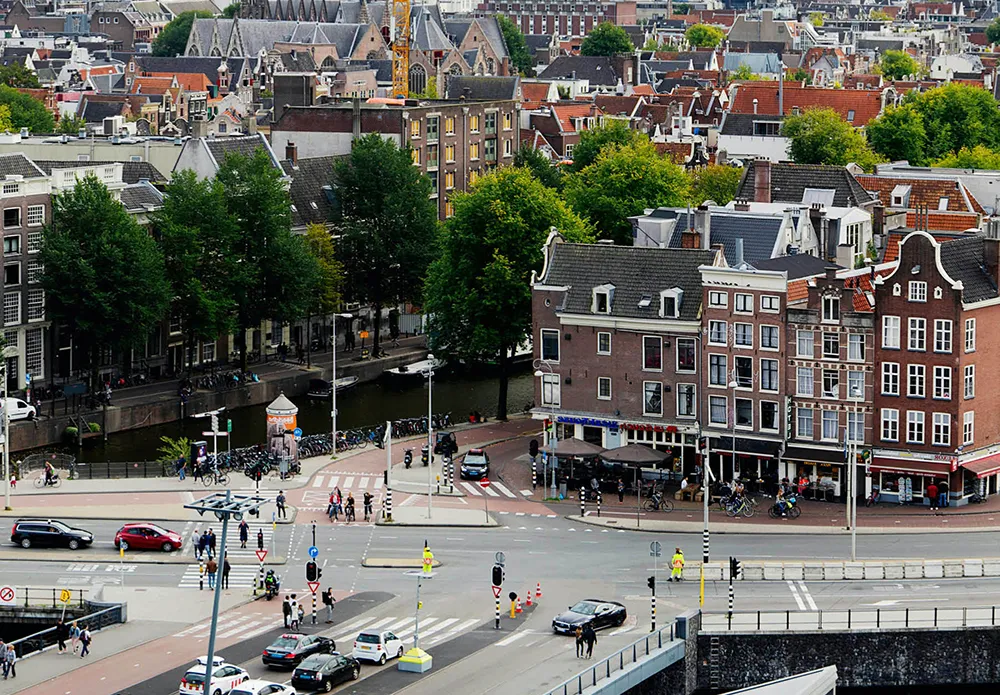Here's to a safe, smart and prosperous 2024 in the intelligent transportation industry
January 1, 2024
Read time: 1 min








